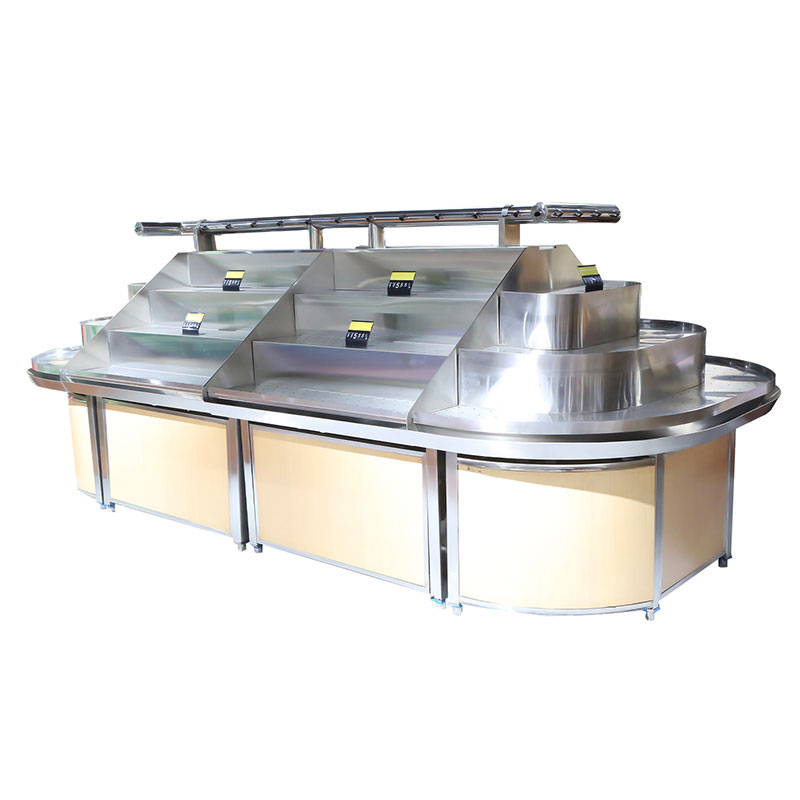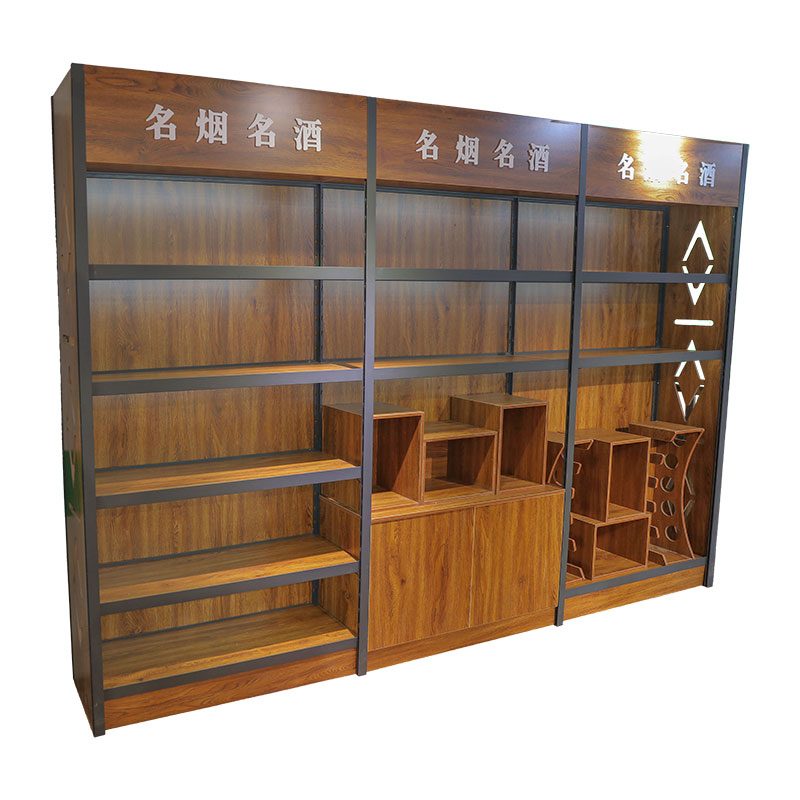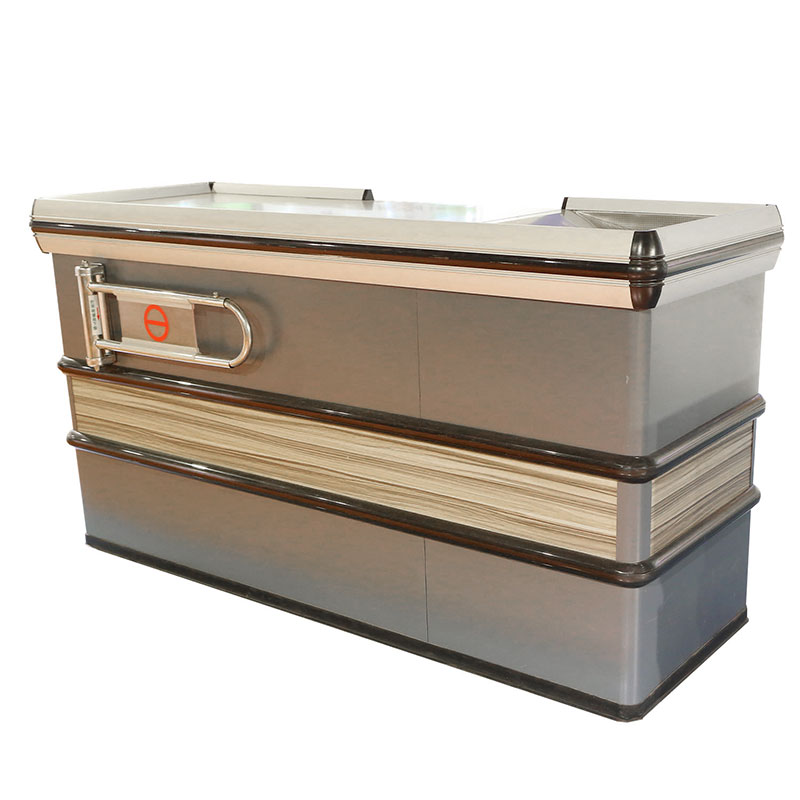The locking mechanism of a supermarket trolley pulley (wheel) is designed to prevent the unauthorized removal of the trolley from a designated area, such as the store's premises, parking lot, or vicinity. The working principle of this mechanism typically involves a combination of physical and electronic components. Here's an overview of the working principle:
1. Activation: When a customer takes a supermarket trolley and starts shopping, the trolley is typically in an unlocked state. In this state, the wheels can freely rotate, allowing the customer to move the trolley around the store.
2. Boundary Detection: As the customer shops and approaches the exit of the store or another designated boundary, the locking mechanism's activation system is triggered. The exact method of boundary detection can vary but usually includes one of the following:
- Sensor-Based Detection: Many modern trolleys are equipped with sensors, such as infrared or magnetic sensors, that can detect the presence of a designated boundary marker, often embedded in the store's floor. When the trolley crosses this boundary, the sensors send a signal to the locking mechanism.
- RFID Technology: In some systems, Radio-Frequency Identification (RFID) technology is used. RFID tags or markers are placed at the designated boundary, and the trolley is equipped with an RFID reader. When the trolley approaches an RFID marker, it receives a signal that triggers the locking mechanism.

3. Lock Activation: Once the boundary is crossed, the locking mechanism is activated. It can be designed to automatically engage, immobilizing the trolley's wheels. The mechanism can include physical locks or clamps that prevent the wheels from rotating.
4. Deactivation: To release the trolley and allow the customer to exit the store, a store associate or security personnel has the means to deactivate the locking mechanism. This is typically done using a remote control, key, or control panel.
The working principle of the locking mechanism is based on a combination of sensors, markers, and physical locks, ensuring that customers cannot remove the trolley beyond the designated boundary without proper deactivation. This mechanism plays a crucial role in preventing theft and maintaining the order of trolley use in and around the store.

 English
English русский
русский Deutsch
Deutsch Español
Español 中文
中文










